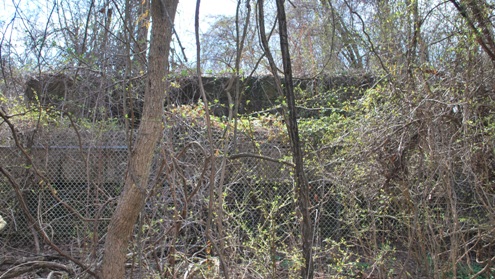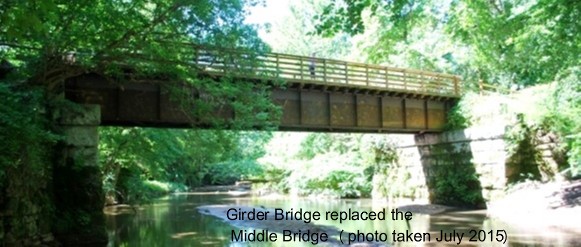The Lower Bridge (southernmost bridge), that we also refer to as the Main Branch and York Branch, originally thought to be the 67-foot long bridge is actually the longest of the three bridges, at 97-feet. This bridge crossed the Jones Falls near where Roland Run, Towson Run and Jones Falls all came together in the area now known as Lake Roland. This line of the railroad is now used by the Maryland Transit Authority Light Rail System.

 In 1841 Colonel Long wrote a paper describing his bridge truss design titled Description of Col. S.H. Long's Bridges, Together With a Series of Directions to Bridge Builders. In a section of his paper titled Of The Roofing and Sheathing, Long detailed application of the rafters for the roof, sheathing, ribands [decorations], shingling and weather boards. Long made it well known that he supports roofing for his truss bridges.
In 1841 Colonel Long wrote a paper describing his bridge truss design titled Description of Col. S.H. Long's Bridges, Together With a Series of Directions to Bridge Builders. In a section of his paper titled Of The Roofing and Sheathing, Long detailed application of the rafters for the roof, sheathing, ribands [decorations], shingling and weather boards. Long made it well known that he supports roofing for his truss bridges.